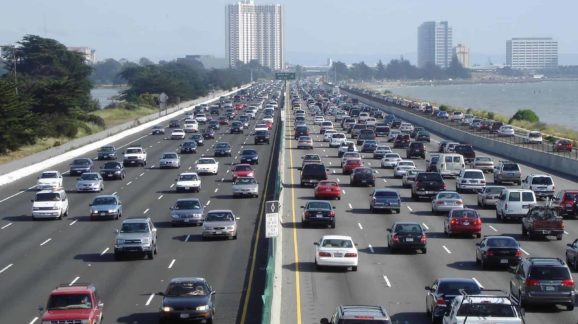Report: Automated Truck Technology Would Mean Cost Savings and Safety Gains – If Legislators Update Decades-Old Laws

Automated vehicle technology promises big cost savings in transporting goods nationwide and increased highway safety, but outdated state laws remain a roadblock, according to a new report from the Competitive Enterprise Institute.
“Automated vehicle technology for freight trucks could reduce the cost of transporting consumer and manufacturing goods and lead to safety gains, but only if state lawmakers first change driving laws to allow the new technology,” said Marc Scribner, CEI senior fellow and author of Authorizing Automated Vehicle Platooning: A Guide for State Legislators, 2018 Edition.
“Automated platooning technology allows trucks to travel closer together, thereby reducing aerodynamic drag, while still allowing them to move safely at highway speeds,” Scribner explained. “With reduced drag, platooning vehicles will reduce fuel consumption, and tailpipe emissions, and enhance highway safety through automatic emergency braking capabilities that will remain effective outside of platoon formations.”
The CEI report is a nationwide inventory of state “following too closely” rules that offers specific, state-by-state fixes to amend statutes in a way that exempts speed-coordinated vehicle platooning from those laws.
The report updates two earlier editions to show which states have made progress over the past year in changing laws to allow for future commercial platooning deployment. Sixteen states have already passed needed reforms, but the majority of states are lagging.
